BELARUS
Minsk

Minsk
Minsk
Minsk, the capital of Belarus, is located on the Svisloch River. Minsk has been destroyed several times in its history. Today it is a stately city with wide streets and a few historic buildings. The city is not only rich in history, but also has a thriving cultural and traditional life.
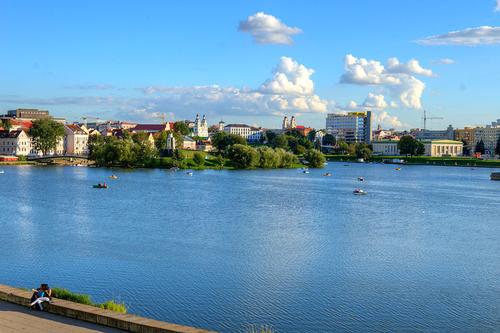 MinskPhoto:Ihar Mahaniok CC 3.0 Unported no changes made
MinskPhoto:Ihar Mahaniok CC 3.0 Unported no changes made
Location
Minsk is located 22 meters above sea level on the southeast side of the Minsk Hills. The Svisloch divides the city into a northwestern and a southeastern part. Minsk has an area of 305 km² and 1.7 million inhabitants. The city is surrounded by forests and there are several nature parks near the city.
Weather
Minsk has a moderate continental climate with reasonably cool summers and very cold winters. In winter the temperature often dips below zero and the average temperature is -3.8°C. In summer the average is 18°C, which is also the season with the most rainfall. The weather is not very predictable and quite unstable due to the mountains in the area. The weather can suddenly change in all seasons.
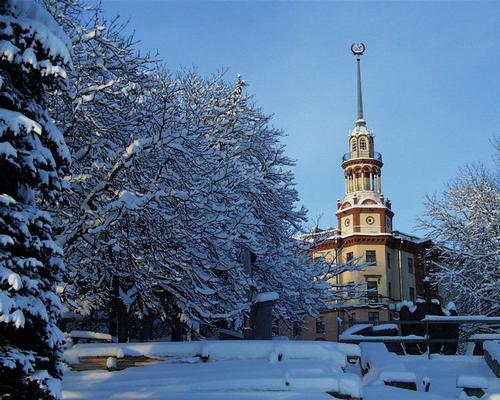 Minsk in WinterPhoto: Ilya Kuzniatsou (CC BY 2.0) no changes made
Minsk in WinterPhoto: Ilya Kuzniatsou (CC BY 2.0) no changes made
History
Minsk first appears in the books in 1067 as Mennesk. By the 16th century, Minsk had grown into an important trading center as part of Lithuania. In 1796 Minsk finally became the capital of Belarus. The first devastation in the city took place during the Russo-Polish War that lasted from 1654 to 1667. The invasion of Napoleon Bonaparte and his troops in 1812 also meant great destruction.
In World War I, much of Minsk's industry and infrastructure was destroyed. Belarus joined the Soviet Union during this war. After the war, the city continued to grow, but when the Second World War broke out, it hit again. The Nazis took the city and more than 40,000 residents were killed. On July 3, 1944, the Independence Day of Belarus, the country was liberated by the Soviets. Industrial growth continued thereafter. In 1991, when the Soviet Union fell apart, Belarus became a republic with Minsk as its capital.
Sights
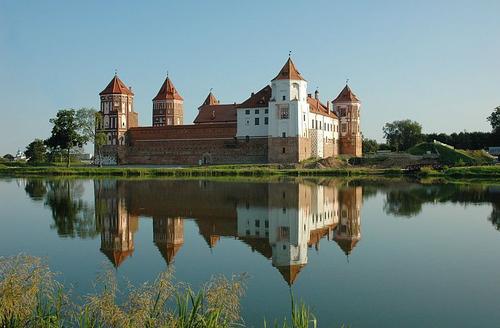 Mir Castle MinskPhoto: Dennis Mishchuk CC 3.0 Unported no changes made
Mir Castle MinskPhoto: Dennis Mishchuk CC 3.0 Unported no changes made
Mir Castle is one of the few historical buildings in Minsk. It has not remained intact in the past, but has been rebuilt over and over again after various devastations. The original building was Gothic, but during its reconstruction, Baroque and Renaissance features were added. The original castle dates back to the 16th century and features authentic Belarusian architectural features. Since 2000, the castle has been officially a World Heritage Site according to UNESCO.
For the nature lovers, Minsk Botanical Gardens are a sight to behold. The gardens were laid out in 1932 and cover more than 150 hectares. This makes them the largest botanical gardens in Europe. The lake dam 9,000 different plant species are part of the National Academy of Sciences. Physiological, biological and ecological research is carried out.
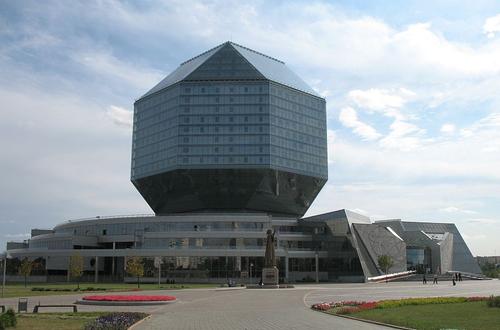 National Library MinskPhoto: Paju CC 3.0 no changes made
National Library MinskPhoto: Paju CC 3.0 no changes made
The National Library of Belarus was founded in 1922. The current 72 meter high building was completed in the summer of 2006 and consists of 22 floors. It was designed in the shape of a diamond by the Belarusian architects Mihail Vinogradov and Viktor Kramarenko. The National Library has the only public observation deck in Minsk on its roof. The facade of the library is illuminated by more than 4,600 LED lamps. The National Library is located in a green park about 3 km northeast of Minsk city center. The nearest metro stop is "Moskovskaya", from where you can reach the building in a 5-10 minute walk.
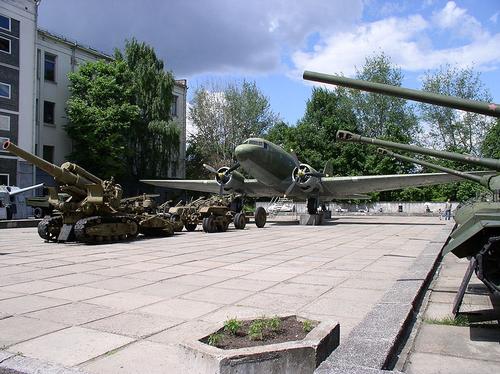 Museum of the great Patriotic War MinskPhoto:Hanna Zelenko CC 3.0 no changes made
Museum of the great Patriotic War MinskPhoto:Hanna Zelenko CC 3.0 no changes made
The Museum of the Great Patriotic War is housed in a flashy new building. This fascinating museum tells in detail about the suffering and heroism of Belarus during the German occupation. There is explanation in English with the atmospheric dioramas. You will see a range of real World War II tanks, planes and artillery. The section on concentration camps is particularly impressive. An incredible 2.3 million people were killed during the war, including 1.5 million civilians.
Tips
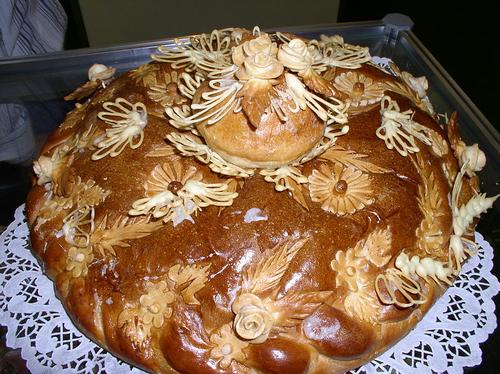 Bread in MinskPhoto: Hanna Zelenko CC 3.0 Unported no changes made
Bread in MinskPhoto: Hanna Zelenko CC 3.0 Unported no changes made
Minsk's cuisine is not very varied, but certainly worth a try. You eat a lot of potatoes and pancakes with jam or meat. Cold soup is also a very common dish. There are also many different types of bread for sale. If you eat out at a local restaurant, don't be surprised if there is entertainment in the restaurant. These are often musicians and dancers.
You can also go for an alcoholic snack in Minsk. It is available on every street corner and the price has fallen sharply since the collapse of the Soviet Union. An additional consequence is an increasing number of alcoholics.
Useful links Minsk
BBC Country ProfilesWorld Fact Book Explore all Countries
How to call
Last updated November 2025
Copyright: Team - The World of Info